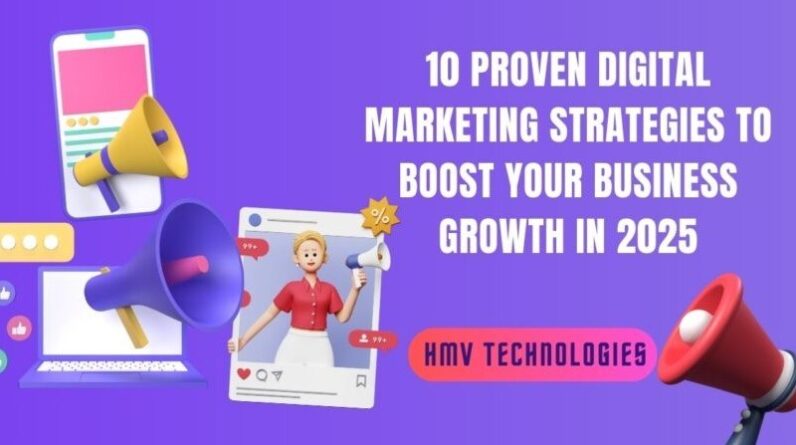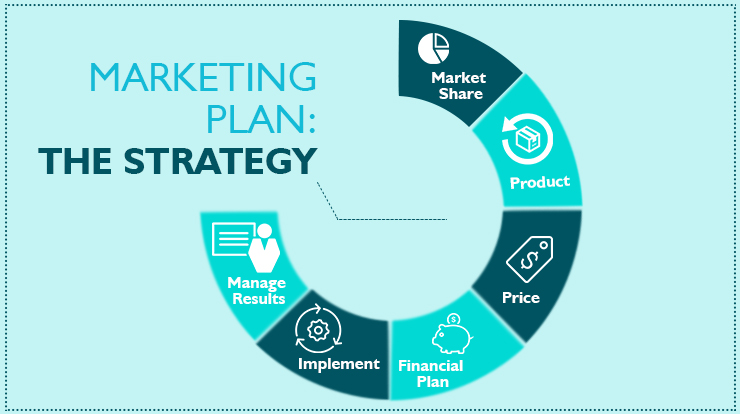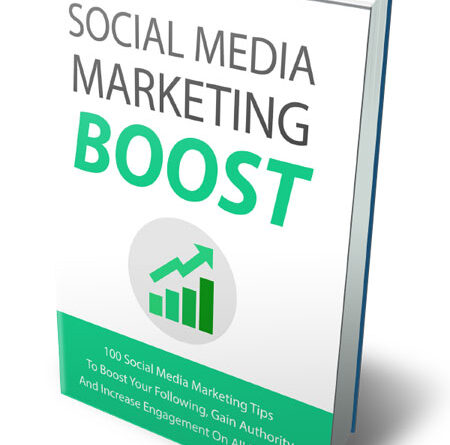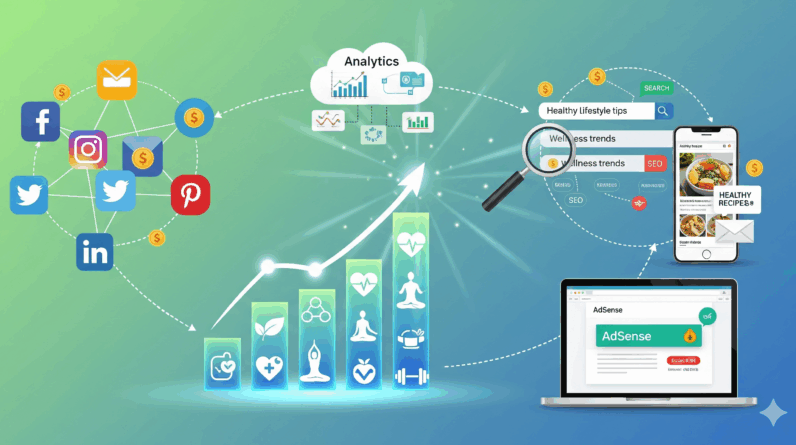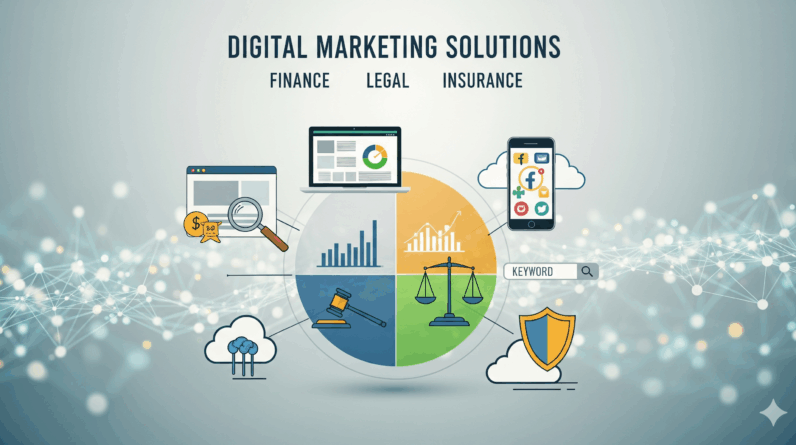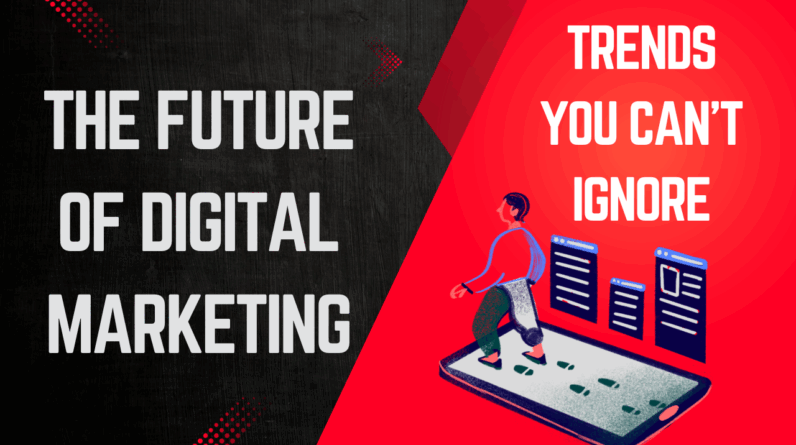
Image From : linkedin.com
In an era defined by rapid technological advancement and ever-shifting consumer behaviors, the landscape of digital marketing is in a constant state of flux. To stay competitive, businesses must not only keep pace but also anticipate the next wave of innovation. The future isn’t just about adapting to new tools; it’s about fundamentally rethinking how we connect with audiences. From the rise of AI-driven personalization to the growing importance of ethical data practices, here are the key trends shaping the future of digital marketing—and why you can’t afford to ignore them.
1. The Age of Hyper-Personalization, Powered by AI
The days of one-size-fits-all marketing are long gone. Consumers now expect brands to understand their individual needs, preferences, and behaviors. The future of this trend lies in artificial intelligence (AI) and machine learning (ML). AI algorithms can analyze vast datasets—from browsing history and purchase patterns to social media interactions—to create highly granular customer profiles. This enables marketers to deliver hyper-personalized content, product recommendations, and ad experiences in real-time. For example, an e-commerce site can use AI to instantly suggest products based on a user’s current browsing session and past purchases, while an email campaign can dynamically adjust its subject line and content based on the recipient’s engagement history. The challenge isn’t just collecting this data, but using it ethically and effectively to build genuine, valuable connections.
2. The Dominance of Conversational Marketing
As consumers seek more immediate and convenient interactions, conversational marketing is moving from a niche tactic to a central pillar of customer engagement. This trend is fueled by the widespread adoption of chatbots, voice assistants, and messaging apps. Chatbots are becoming more sophisticated, moving beyond simple FAQs to handle complex customer queries, guide users through sales funnels, and even assist with technical support. The rise of voice search, driven by devices like Amazon Alexa and Google Assistant, is also forcing marketers to optimize their content for natural, spoken language queries. The future of conversational marketing will involve seamless integration across all channels, allowing customers to transition from a social media chat to a live agent without losing context.
3. The Rise of Video Marketing and Live Commerce
Video has long been a king in digital content, but its role is becoming even more critical. The future will see an explosion of short-form video content on platforms like TikTok and Instagram Reels, as well as an increased focus on live streaming. Live commerce, where brands host live video events to showcase and sell products in real-time, is a trend that is already booming in Asia and is rapidly gaining traction globally. This format combines the immediacy of a live broadcast with the convenience of e-commerce, creating an interactive and engaging shopping experience. For marketers, this means investing in high-quality video production, live stream planning, and understanding how to build a community around video content.
4. The Imperative of First-Party Data and Privacy
With the deprecation of third-party cookies and increasing consumer demand for privacy, the reliance on first-party data is no longer an option—it’s a necessity. First-party data is information a company collects directly from its customers, such as email addresses, purchase history, and website behavior. This data is more valuable, reliable, and privacy-compliant. The future of digital marketing will involve building robust strategies to collect, manage, and leverage this data responsibly. This includes creating compelling value propositions (e.g., exclusive content, loyalty programs) to encourage users to willingly share their information. Companies that can effectively use their first-party data will gain a significant competitive advantage in a privacy-first world.
5. The Evolution of Influencer Marketing
Influencer marketing is maturing. While the era of mega-influencers is not over, there is a growing shift toward micro- and nano-influencers. These creators, with smaller but highly engaged and niche audiences, often yield higher conversion rates and more authentic brand partnerships. The future will also see more brands collaborating with their own employees and customers to act as brand advocates. This “employee advocacy” approach taps into a trusted and authentic network, leveraging personal connections to amplify a brand’s message. As the industry professionalizes, data-driven tools will become essential for vetting influencers, measuring ROI, and ensuring brand safety.
6. The Growth of Omnichannel Marketing
In an ideal omnichannel world, a customer’s journey is seamless and interconnected, regardless of the touchpoint. The future will see an even greater push for true omnichannel integration, where online and offline experiences blend effortlessly. For example, a customer might see an ad on Instagram, add a product to their cart on a desktop, and then receive a personalized email with a coupon to use in a physical store. The key is using technology to break down the silos between different channels, ensuring a consistent and personalized experience. This requires a unified customer database and a strategic approach that maps the entire customer journey, not just individual interactions.
7. The Ethical Imperative: Building Trust
As digital marketing becomes more sophisticated, so do the ethical considerations. Consumers are increasingly wary of how their data is used, and they are gravitating toward brands that are transparent and trustworthy. The future of digital marketing is tied to building and maintaining this trust. This includes being clear about data collection practices, offering easy opt-out options, and ensuring that AI-driven personalization doesn’t cross the line into “creepy.” Brands that champion ethical practices, promote sustainability, and align with their audience’s values will build a loyal customer base that extends beyond transactional relationships.
8. The Rise of Programmatic Advertising
Programmatic advertising, the automated buying and selling of ad space, is set to become even more sophisticated. With advancements in AI and real-time bidding, advertisers can target specific audiences with pinpoint accuracy and optimize campaigns instantly. The future will see programmatic expand beyond display ads to include new formats like audio, connected TV (CTV), and digital out-of-home (DOOH). This technology will allow for highly dynamic and context-aware campaigns, ensuring that the right message reaches the right person at the right time, on the right device.
9. Interactive Content Experiences
Static content is losing its appeal. The future of content marketing lies in creating interactive and immersive experiences. This includes quizzes, polls, calculators, 360-degree videos, and augmented reality (AR) filters. These formats not only captivate audiences but also provide valuable first-party data and insights into consumer behavior. For example, an AR filter that allows a user to “try on” a new pair of glasses before buying can significantly improve conversion rates and reduce product returns.
10. Sustainability and Purpose-Driven Marketing
In a world facing environmental and social challenges, consumers are increasingly using their purchasing power to support brands that align with their values. The future of marketing will require brands to move beyond simple messaging and demonstrate a genuine commitment to social and environmental responsibility. Purpose-driven marketing is not just about making a statement; it’s about embedding sustainability and ethics into a brand’s core business model. Brands that transparently share their efforts, whether through sustainable sourcing, ethical labor practices, or community support, will build a deeper and more meaningful connection with their audience.
Conclusion
The digital marketing landscape is evolving at an unprecedented pace. The trends outlined above—from the ethical use of AI to the rise of live commerce—are not just fads; they are fundamental shifts in how we communicate and connect. To thrive in this new era, marketers must be agile, data-driven, and, most importantly, human-centric. The future of digital marketing is less about shouting at a mass audience and more about building personalized, trustworthy, and meaningful relationships, one interaction at a time. The time to prepare for these changes is now.

